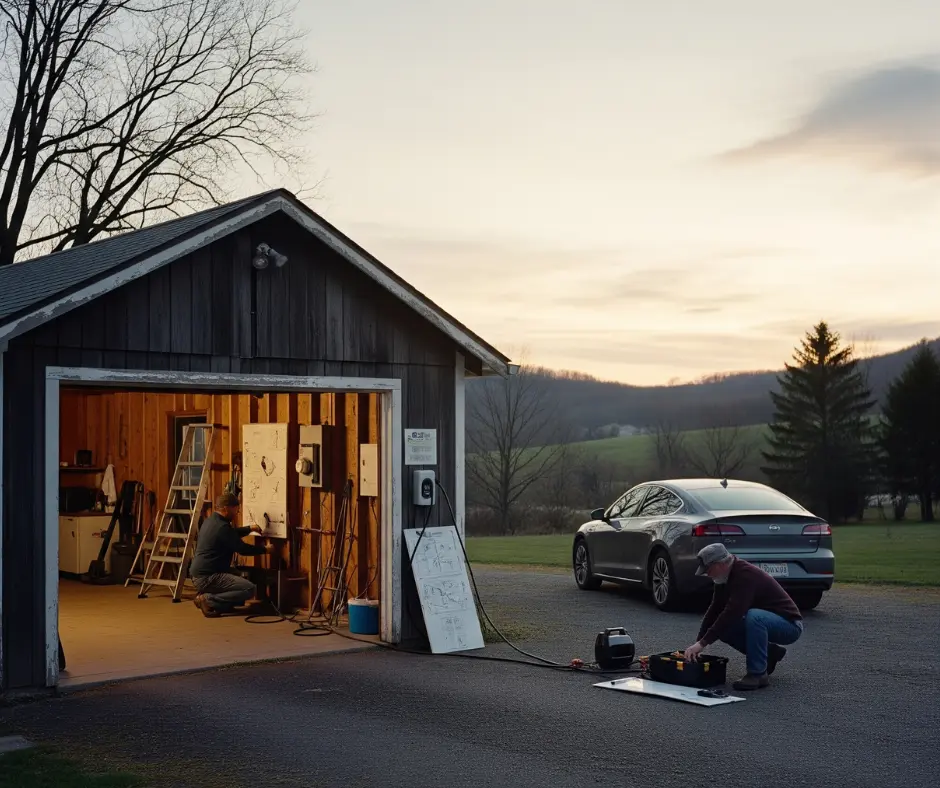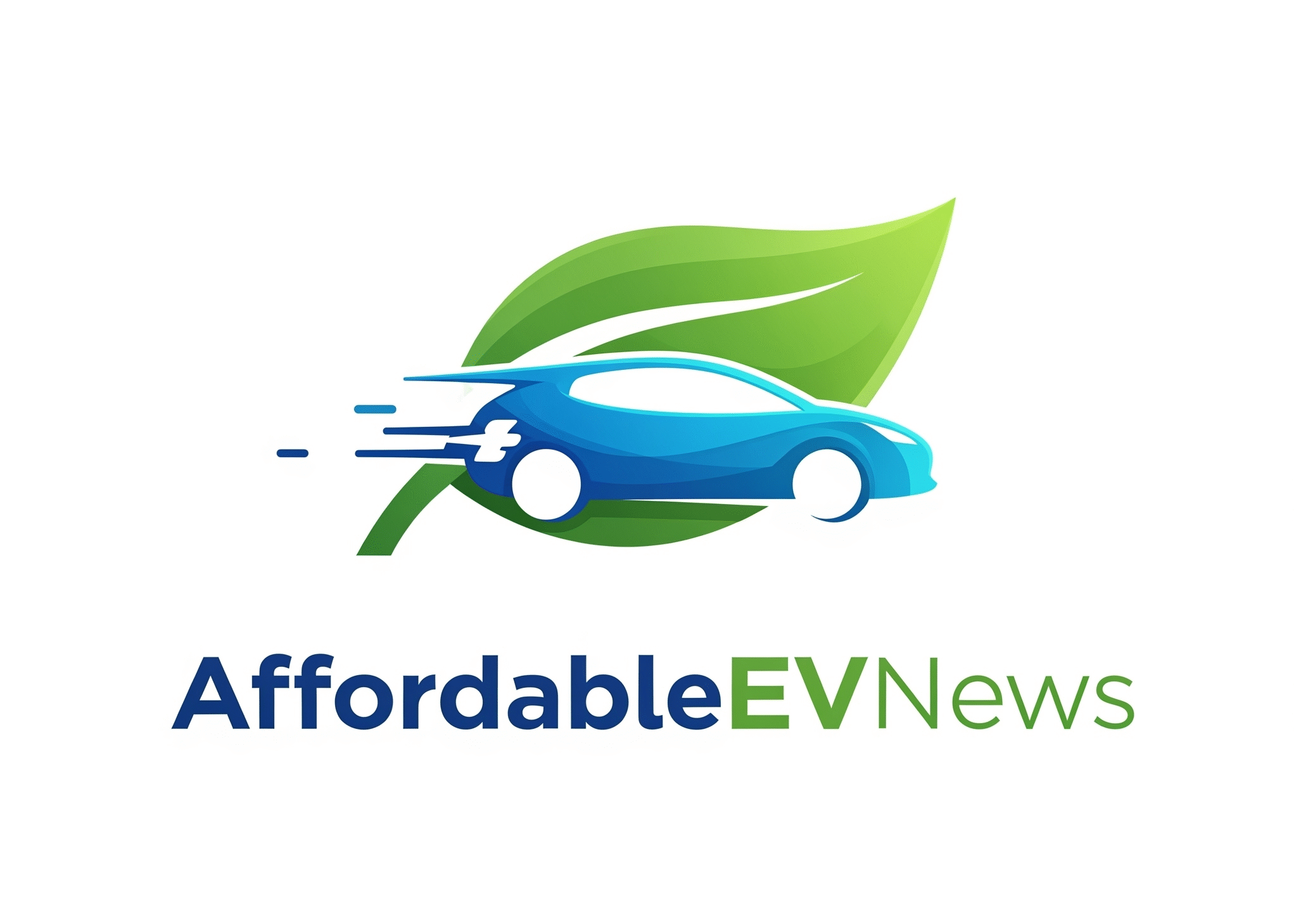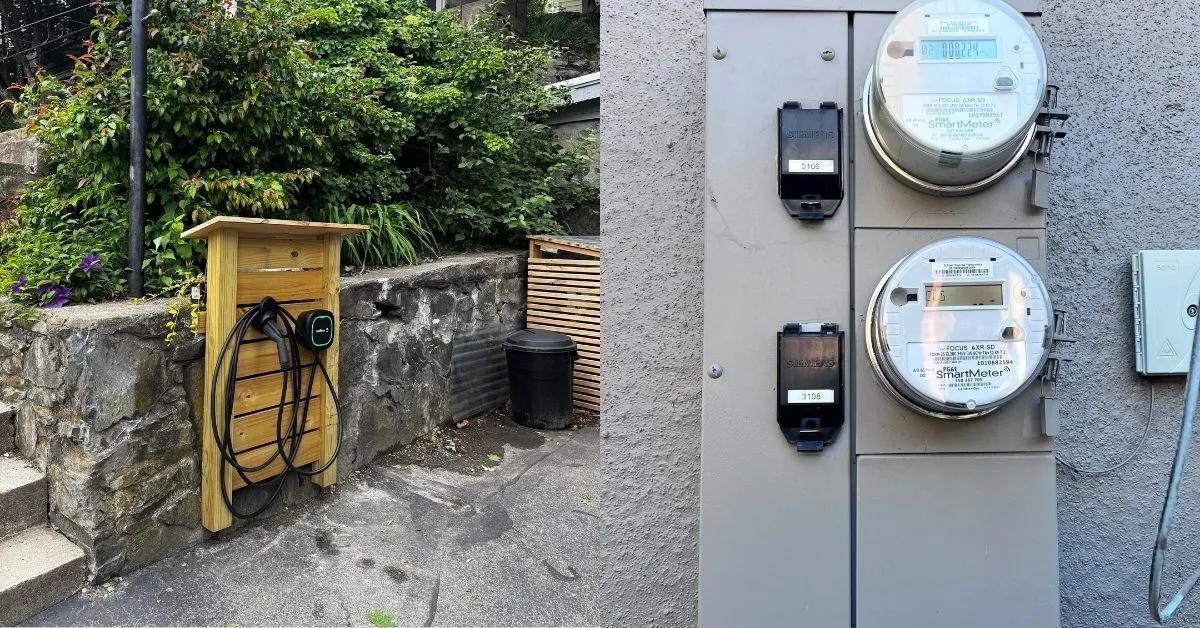The EV revolution is booming—but for millions living in rural America, one question looms larger than ever: How do you install an electric car charger at home when the grid barely supports a microwave?
A new report from InsideEVs reveals the often-overlooked frustrations, costs, and workarounds facing rural EV owners. While urban and suburban households enjoy robust charging infrastructure and rebates, rural drivers are battling outdated power lines, rising installation costs, and a gaping disconnect in the clean energy transition.
⚡ Why It’s So Hard to Install an Electric Vehicle Charger at Home in Rural Areas

Installing an EV charger at home might sound simple—just mount the hardware and plug in, right? Not quite.
For rural homeowners, several issues stand in the way:
- Old or single-phase power lines can’t support 240V Level 2 chargers.
- Utility companies require expensive service upgrades, like new poles or transformers.
- Even with federal tax credits, total costs can hit $5,000–$10,000—or more.
Some households are being asked to shell out $30,000+ just to upgrade the grid infrastructure before the charger is even installed.
“It’s like telling someone to go electric, then handing them a 10-foot wall,” said one frustrated Michigan EV owner in the report.
💸 The Real Cost to Install an Electric Car Charger at Home
| Location Type | Typical Cost (USD) | Challenges | Incentives Available |
|---|---|---|---|
| Urban/Suburban | $500–$2,000 | Standard wiring, 240V access | Tax credit + rebates |
| Rural (moderate grid) | $2,000–$5,000 | May need minor service upgrades | Federal tax credit |
| Rural (weak grid) | $10,000+ | Transformer, pole, or full grid upgrade | Limited utility help |
🛠️ Solutions Rural EV Owners Are Turning To
Faced with high costs, rural EV drivers are getting creative:
- DIY Level 1 charging overnight, even if it takes 40+ hours for a full charge.
- Carpooling with neighbors who have functional home chargers.
- Using public DC fast chargers, which are few and far between in rural areas.
- In some cases, forgoing EV ownership altogether, citing the lack of infrastructure.
🏛️ Grants, Rebates, and the UK Comparison
In the UK, the government offers specific grants to install electric car chargers at home, with added incentives for rural and rental properties. Programs like the EVHS grant cover up to 75% of installation costs—an approach U.S. policy might soon mirror.
In the U.S., the IRS’s EV charger tax credit (up to $1,000) helps, but often isn’t enough. And with only a few utilities offering robust rural installation support, the equity gap is growing.
🚗 So, Can You Install an EV Charger at Home?
Yes—but whether you should depends on your location and budget. As more Americans consider making the electric switch, solving rural installation challenges is critical for ensuring equal access to clean mobility.
Until then, millions remain stuck at the edge of the EV highway—ready to drive, but nowhere to charge.

